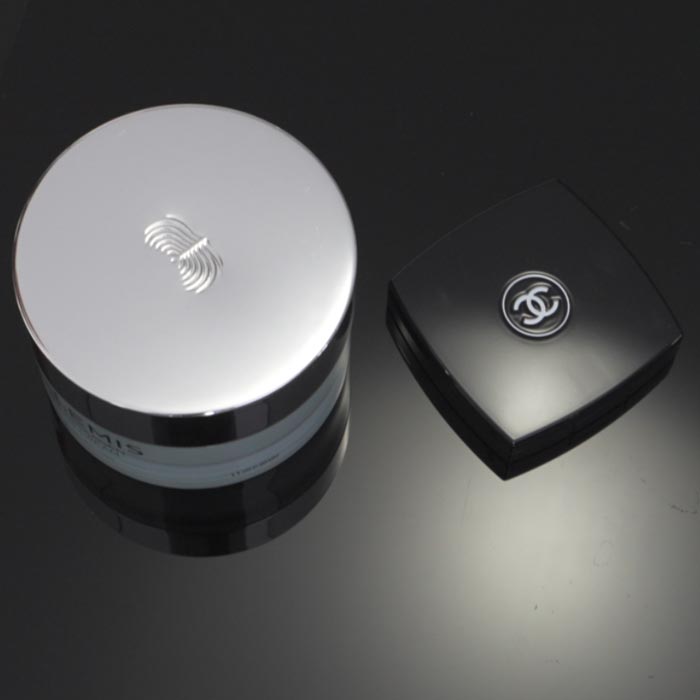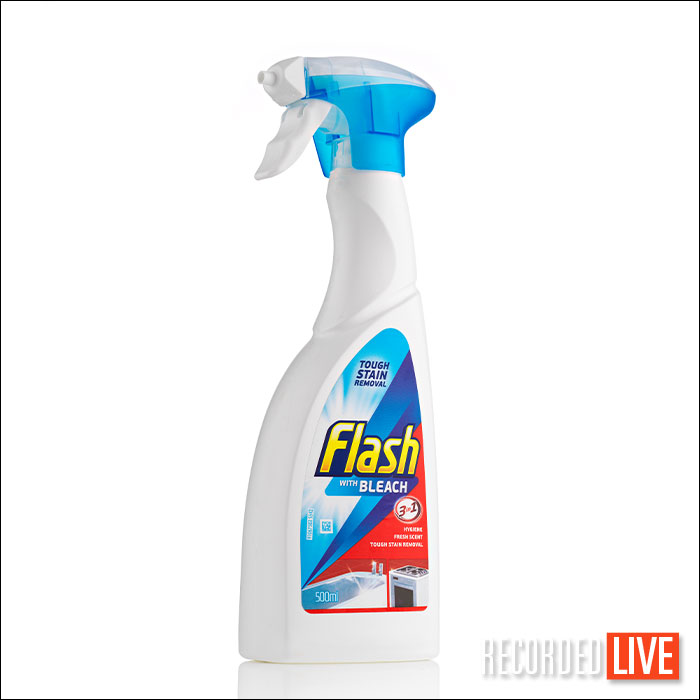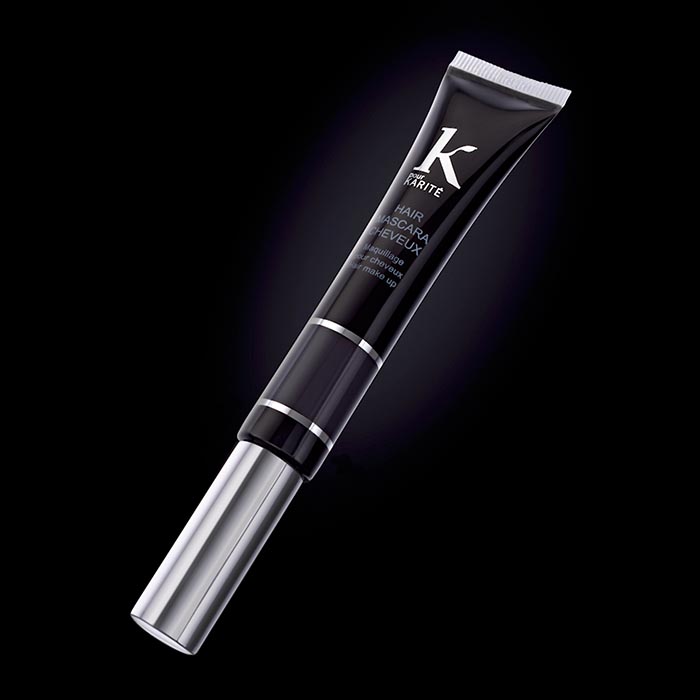Photographing White Products on a White Background
Getting white-on-white right can be tricky. In this live photography workshop, now available to watch as a replay, Karl identifies the main challenges and demonstrates simple techniques for overcoming them.
He begins by explaining ‘pure white’ and how it is identified in the RGB decimal code. This magic number becomes crucial later as he works to separate white subject from white background. He also discusses matt and gloss surfaces and the different ways they reflect light.
As he lights a white jacket on a mannequin, Karl shows how to use flags to prevent background light spilling onto the subject. Lighting the jacket itself, he shows the dangers of over-exposure, and how to use flagging and feathering to get the right lighting ratio to make the subject stand out from the background.
Moving on to a white teacup and saucer, the challenges of shooting a glossy product become clear. Karl explains how image-forming reflections work and why they cause the edges of glossy products to become indistinguishable from. Then he demonstrates an ingeniously simple DIY fix.
Packed full of valuable learning, the class will ensure you get white-on-white right every time.
In this class:
- How to photograph white products on white backgrounds
- Identifying pure white
- Lighting matt and gloss surfaces
- Flagging and feathering to control lighting ratio
- Understanding image-forming reflections
- Understanding angles of incidence and reflection
- Benefits of shooting tethered
Other classes Karl refers to in this show include Angles of Incidence and Reflection and Shadowless Lighting for Photographing Products on White.






Comments
Hello Karl, your lessons are really nice and very educational. But I couldn’t solve my problem. I cannot provide a pure white background in top view shooting. The product does not have to be white, but I need to make it without the need for post-production because there may be products with very small parts. For example, shot of spices scattered on a white surface (Top view). What can I do about this?
1h23h13s
Tiny black flag, instead of a black flag why not using a white mat or grey flag so you have a more pleasant separation than that black line of the right side of the cup?
It also put a black patch on the plate border which isn’t very nice.
Hi, unfortunately I see only “SORRY: This video does not exist.“ Can you please reupload the video?
Karl you get very excited when you talk about light 😀
I love light, it is everything.
Hi Karl,
Thanks for the useful video, this is a second time to watch this video, I got a question about the cup of tea, there is a reflection of the softbox on the cup of tea, I do not find it interesting to me, so is there a way to solve this during taking the photo ?
If I use flag, then the flag will block the direction of the light on the mean subject (the cup) so that might cause a less exposure on it…then how can I solve this less exposure also ?
If I use a flag, that can be reflected on the cup instead of the softbox reflection… the how can I solve it also ?
Thanks in advance Karl!
Hi R, can you tell me at what time in the video please the reflection of the softbox. Thanks Karl.
Hi Karl,
It is at 1:35:09
Another question please, if I want to my photos to be reviewed, is there an option to do that here ?
Thanks,
Rady
Hi Rady, that is the reflection of the light source (the main softbox) in the surface of the cup because it is glossy. There would be no way possible to remove it if that light and camera remain in the same position due to the angles of reflection – please see this course to understand fully: https://visualeducation.com/class/angles-of-incidence-and-reflection/ It could be removed in post production if necessary. If you didn’t want any reflections at all then another lighting technique I call ‘global illumination’ would have to be applied and you will learn more about that in other classes but this would result in a rather flat low contrast lighting style. The nature of physics and gloss surfaces means we have to handle gloss surfaces in a few selected ways to make the image forming reflections attractive. This class will help you understand that: https://visualeducation.com/class/gradient-light-for-products/ With regards your second question please refer to our live shows section to look for our ‘image critique’ sessions.
Hi, Karl and Merry Christmas.
Great course and may I say, even it will sound scary, that you’re one of the most important people in my life? :)))
Thank you, sir.
Very kind thank you and all the best to you for 2022.
Hi Karl! This was so helpful, thank you very much! I just did a white on white shoot for a client and it was a huge struggle, wish I saw your video before. One question I do have, do you know how to find the RGB values in Lightroom? The only thing I know of is the eyedropper tool and that changes the white balance when I click on it. I tried to google this but don’t seem to find the answer.
Hi Oksana, in LR i’m afraid it only shows you as a percentage of white or black or colour etc. It would be better to use Capture One which has the option for RGB readouts.
Hi Karl,
Just saw this excelent class, very useful indeed – and saw this comment – however, in Lightroom you can turn on “Soft Proofing” and then you get the exact RGB readings too just below the histogram too – instead of the percentages readings
Hi Henrik, that’s great information thank you. So by turning on ‘Soft Proofing’ they could get the RGB values, I’ll keep that in mind for the future.
FYI Recent Content missing;
The Dec 2 live show white on white (white tea cup banner image) is missing.
When I follow the links to live shows, I click on the teacup image banner and it brings me to the white in white complete with description and comments on the show and related content but the actual video seems to be missing.
I’m sure you’re aware but I see no other comments noting the problem.
Hi Geoff, I have checked and this is working correctly for me, I think that you may have visited the page in the few minutes it was updating when the previous live show is replaced by the new live show and this show would have been moved into the previous live shows listing section. All live photography shows are available to watch again here https://visualeducation.com/section/live-photo-shoots-archive/
Thanks, Tim
Hello,
Thank you for all information you gave in this live.
Now I can understand and control the RGB value at 255.
You are welcome.
Thanks Karl for an excellent explanation on shooting white products on a white background !! I was unaware that the RGB value of 255 is the highest level the computer recognizes (even though the actual values can be higher then 255). What do you call the markers you used in the photo to show the RGB values in your capture software? I’m using Capture One what would it be called inside this program to measure these values? I’m having problems trying to find it. Thanks!
Hi Lucas, no problem glad it was useful. Capture One displays the values in the middle top of the screen just above the picture. According to the manual you can also lock and display up to 20 values – https://support.captureone.com/hc/en-us/articles/360002597117-Working-with-color-values
Thanks Karl! Much appreciated!
While I’m nowhere near this level, I have appreciated hugely understanding your thought processes for managing the light. Thank you.
Thank you.
Hi Karl, lovely presentation and excellent explanation on various factors which can influence the final result. This should be a must see for everyone interested in doing better pictures with their camera. Thanks for this lecture.
Thank you.
This is probably the best explanation I have seen to truly “understand” several white-on-white challenges – especially the part about running too hot on the background exceeding the (255,255,255) 8-bit per channel digital limitation. I was well aware of that, but I never heard it really explained in that way. Definitely learned some useful tips in this video!
Thanks John.
Hi Karl, I missed the live.. Just watched it this evening, it’s very interesting and thank you for all the information you gave in it.
No matter how much I thank you, it’ll never be enough..
Have a lovely weekend
Thank you Aby.
HI. when shooting mugs, cups, glasses and the like, should one be mindful that the rim is level and I don’t mean to the horizon, I mean level as in you cannot see the back rim or inside the cup? hope I am making sense.
Hi Jacqueline, There isn’t a rule for this, we can only be mindful of what looks best for each product we are shooting based on the clients requirements and the products aesthetics. Don’t take what I did here as a reference as this was a lighting theory demonstration and wasn’t about the best view on the product.
Awesome. Thanks for the clarification!